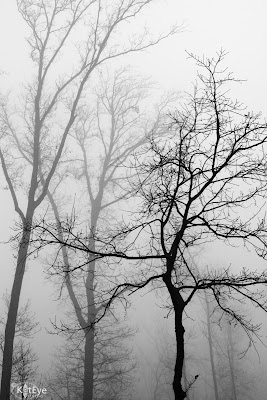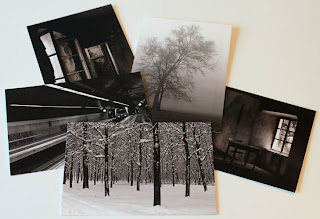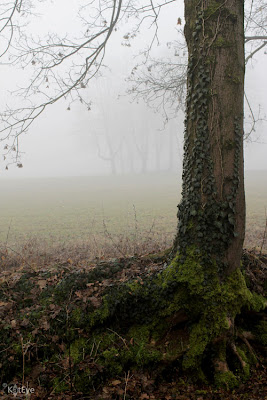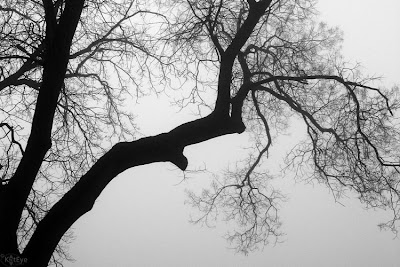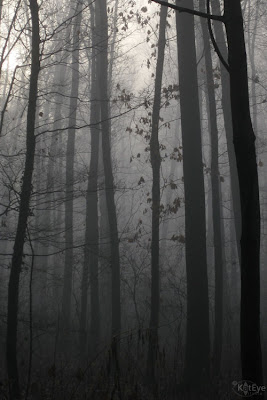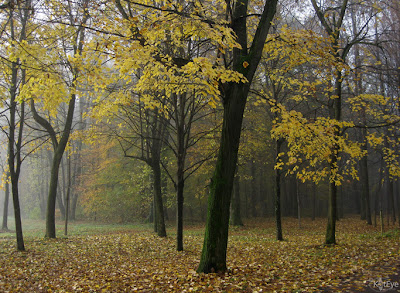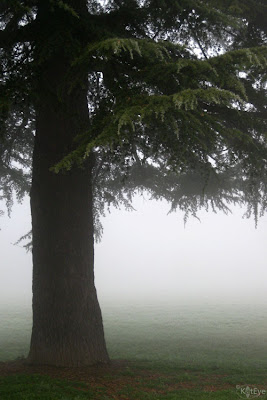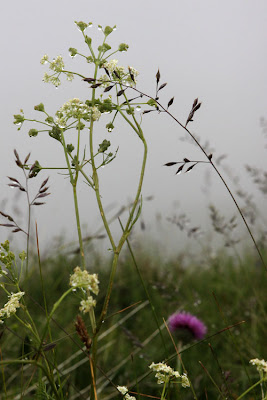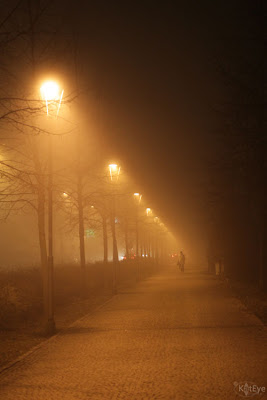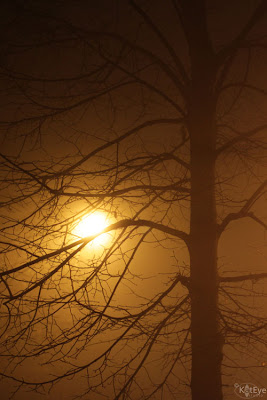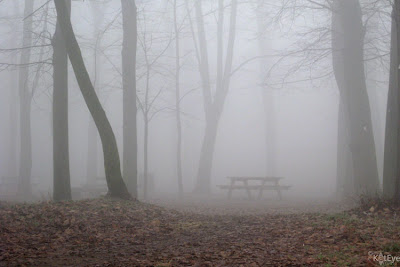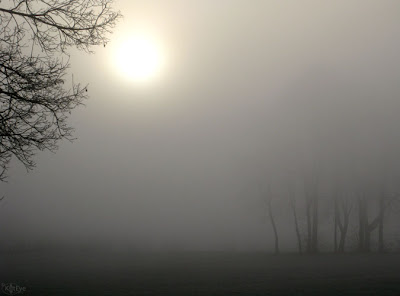 |
| Composed |
Happy Thursday! Welcome to Exploring with a Camera day, my favorite day of the week. Today we’re going to learn about composing with a Square Format. At the end of the post there is a link up, for you to share your images using a square format. If you want a chance for your Square Format image to be featured here on the blog next week, you can also place your photo in the Exploring with a Camera Flickr group.
I got the idea for playing around with Square Format from the book 150 Photographic Projects for Art Students by John Easterby. I haven’t used this format before, so I picked up another book that has become my “encyclopedia” for composition, The Photographer’s Eye by Michael Freeman, and looked at the traditional compositions for a square format. With a little bit of information in my head to guide my eye, I was off and exploring Square Format.
Let’s see what I learned…
Getting it Square
Unless your main camera is your cell phone, chances are you don’t have a square format camera. The typical frame format for digital SLR cameras is 3:2. This means that the length is longer than the height of the frame by one third. A standard size in this format is a 4×6 print. For point-and-shoot cameras the typical frame format is 4:3, where the length is longer than the height by only one quarter. It is closer to square but still not quite the same.
The first step of this exercise is getting a square format. You can always crop the photo into a square format in post-processing. This can teach you a lot, but it doesn’t help you to play around with composition at the time of taking the photo so you can make real-time corrections.
What the 150 Photographic Projects book suggests is creating a “pseudo” square format camera by blocking off part of the LCD screen so that you view only a square. Since I intensely dislike using the “live view” mode for composing with the LCD on my dSLR, I decided to modify my point-and-shoot camera (aka my “little camera”). This turned out great, because I was able to leave my little camera in this format for several weeks, even taking it on our vacation to Sicily, while not interfering with my normal photographic process using my primary dSLR camera.
To modify the LCD screen, I just taped a piece of computer paper over the LCD screen as shown below. I used computer paper because I wanted to have a similar color to the rest of the camera, to give a visually consistent border on the frame. Computer paper was not thick enough to block the light coming through the LCD, so I slipped a small piece of dark cardstock behind the taped computer paper and it worked beautifully.
I keep my camera set on center spot for focusing, so I just focus and recomposed as needed, like I do normally. With this minor modification, I was ready to go. My 9-year-old son, observing this little exercise, would occasionally take his camera and put a finger over the edge of the LCD as he composed saying, “Square Format!” In a pinch, that works too!
What follows are some of the compositions I explored. You’ll see a caption below each photo. “Cropped” means that the photo was created using the standard format frame for the camera and then a square format composition was explored using cropping in post-processing. “Composed” means that the photo was composed using my modified-LCD-screen as shown above. I still had to crop in post-processing to make the image a true square format, but the composition was decided in-camera.
Random
With the even sides, a square format is very static. This makes it a good candidate for “random” composition, where the eye takes in the whole at one time. This image of oranges on the tree from Sorrento was a good candidate for square format. There wasn’t a clear “focal point” with these oranges, it was more about the light, shape and color of them on the tree.
 |
| Cropped |
Another image I would consider to have random composition is this mountain scene from the Alps just north of where we live. There is no clear focal point in this image either, it is of the scene – sun, mountains, light, shadow – and square format works well. I actually needed to crop this one, since there was part of someone’s head on the right hand side. I was in line for the gondola down the mountain and couldn’t get a full frame image unobstructed. A square format crop allowed me to make this image something useful rather than throw it away.
 |
| Cropped |
Concentric
With it’s even sides, square format provides the unique opportunity to nest a circle in the square. Coming across a pretty door in Cefalù, Sicily, I captured one of the elements carved in wood using square format.
 |
| Composed |
This door design from Erice, Sicily, captures another circle in the square. This falls into both the concentric and centered composition categories.
 |
| Composed |
What other circles can you think of that would be great to capture in square format? Flowers, something like a Gerbera daisy, come to my mind.
Centered
With square format, you can get a good effect with centering your focal point, something that doesn’t work as well in rectangular formats. This best capture of this window in Venice using square format was centered.
 |
| Composed |
The ancient Greek Temple of Concord, found in the Valley of the Temples in Sicily, is front and center in this image. It’s all about the temple here!
 |
| Composed |
With square format, you can also put the horizon on the center line with good effect, unlike a rectangular format. I saw some great examples of this by American photographer Harry Callahan when I visited an exhibit of his work in Paris. Here is one of his images as an example.
 |
| Photo by Harry Callahan |
Diagonal
Just like in rectangular format, diagonal lines can be very interesting compositions. The image below of Murano glass displayed in Venice is an example of both diagonal and centered composition. The thing I noticed when playing around with cropping diagonal images is that you need a different angle on the diagonal line to work in square format. If an image was composed with a diagonal line for a rectangular format, there is a good chance it is at a wrong angle to just crop into square format. In the case of this image, I had played around with different angles and happened to have one that worked for square format.
 |
| Cropped |
Off-Centered
With more rectangular subjects, I found that the subject needed to be off-center using square format. A centered image works with a square or circular subject, but not so well for a person or a tree. Cropping this self-portrait of me in Venice solved the problem of too much wall on either side. Normally, I would have taken this in a vertical orientation, but you can’t really do that when you set your camera on a step. Square format solved my composition problem.
 |
| Cropped |
The tree-in-the-field image below from Parco di Monza is influenced by the Rule of Thirds. It works with square format too!
 |
| Composed |
Balance
Ultimately, what it all comes down to in any composition, regardless of format, is balance. The elements have to be balanced within the frame for a pleasing image. The lead-in image, another scene from the town of Cefalù, Sicily, is a good example of a square format image that doesn’t follow any of the specific compositions described above, but balances the elements of color and shape into an interesting photo.
This balcony with the interesting ceramic pots in Taormina, Sicily was another square format image where the composition was derived by balancing the elements of color and line.
 |
| Composed |
So, how about you, do you have any experience with square format? If not, I encourage you to explore along with me here. Go through your archive and see if there are any images where a square format crop would work well. Modify your camera for a few days to create a “square format” and see what you find. Come back here to link in and share your findings with the rest of us. It will be interesting to see all of the takes on square format that you link in for this theme!

